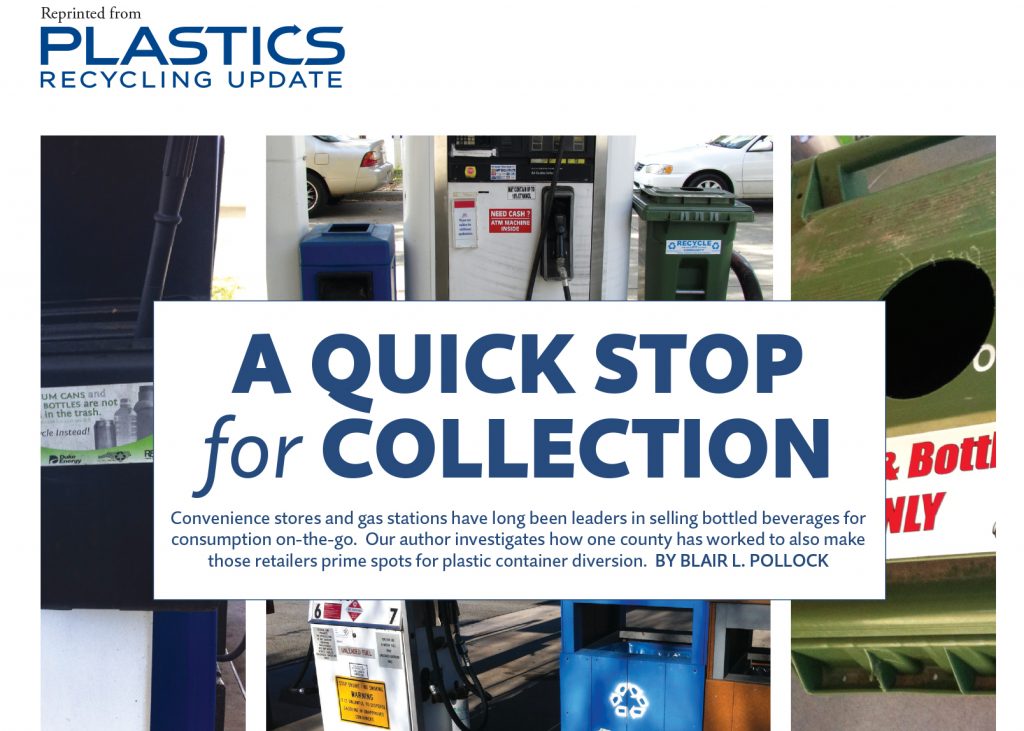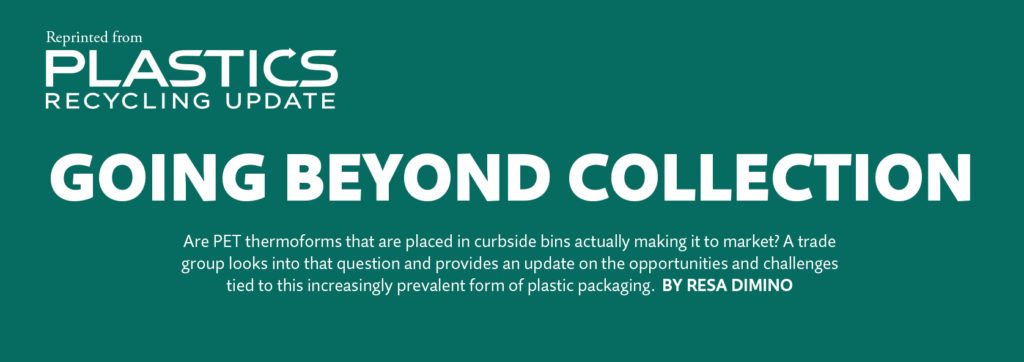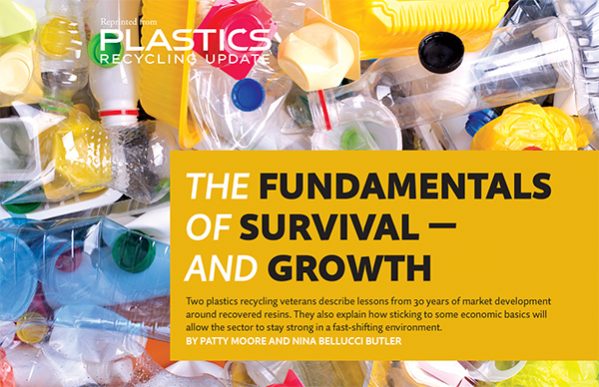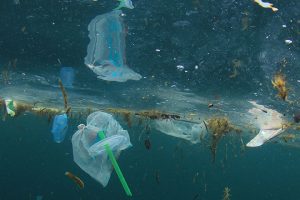 A new ocean plastics prevention effort connects brand owners with collected oceanbound material that can be used in manufacturing. A key stakeholder recently described the four-step approach the project will entail, and what that will look like on the ground.
A new ocean plastics prevention effort connects brand owners with collected oceanbound material that can be used in manufacturing. A key stakeholder recently described the four-step approach the project will entail, and what that will look like on the ground.


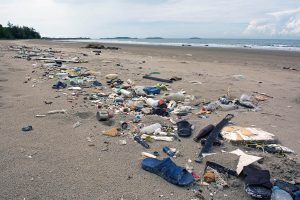 An industry-funded ocean plastics prevention initiative has received support from a number of new partners, including brand owners, a chemicals giant and an intergovernmental group.
An industry-funded ocean plastics prevention initiative has received support from a number of new partners, including brand owners, a chemicals giant and an intergovernmental group.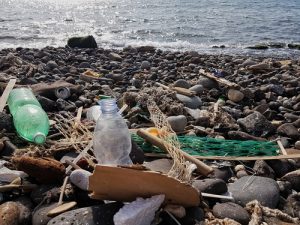 Large brand owners and manufacturers have formed an effort aimed at diverting millions of pounds of plastic material that could potentially end up as marine debris.
Large brand owners and manufacturers have formed an effort aimed at diverting millions of pounds of plastic material that could potentially end up as marine debris. Multiple efforts that aim to gather information or provide a funding source for ocean plastics cleanup have recently been announced.
Multiple efforts that aim to gather information or provide a funding source for ocean plastics cleanup have recently been announced.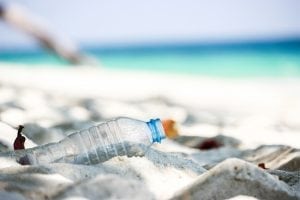
 An agricultural plastics collection company has expanded substantially in the past year, opening a processing facility in California and growing its collection volumes across the Midwest.
An agricultural plastics collection company has expanded substantially in the past year, opening a processing facility in California and growing its collection volumes across the Midwest. Nebraska doles out grants for recycling market development and other materials recovery initiatives. Colorado, meanwhile, is accepting applications for waste-diversion efforts.
Nebraska doles out grants for recycling market development and other materials recovery initiatives. Colorado, meanwhile, is accepting applications for waste-diversion efforts.